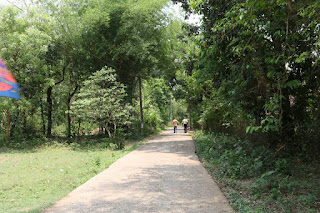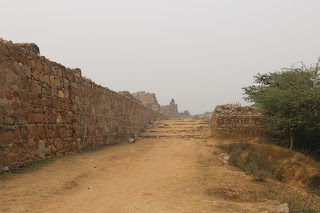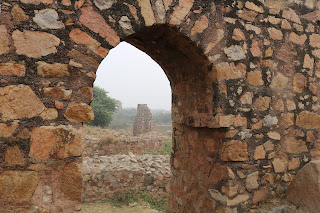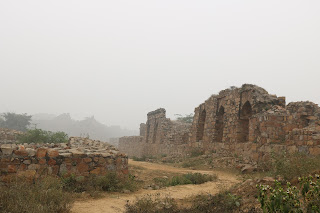Draping a saree is an age-old tradition for the women of Indian society. The exclusive beauty of sarees lies in its varieties of quality and design. At the initial stages, Royal patronage gave more scope for the weavers to make a specific design for their personal uses.Now the time has changed and present scenario creates a dramatic wave for the love of saree to wear in every occasion. I am no exception out of this boundary. Though, at my childhood, I was just keenly attentive towards my Bou who was draped a lot of sarees in the day to day affair.Gradually her influence impacted on my inner sense and later I habituated towards the collection of hand-woven silk sarees that have been available in different parts of India. Curiosity increased due to the intense love for saree and I traveled nook and corner of each state of India to get the knowledge of the history of each particular saree.Out of this Paithani Silk Saree has its own history to tell every saree lover.
Paithani silk saree first originated under the patronage of Satavahan Ruler at the time of 9th century. Though not spread to other regions, the popularity of this saree began at the time of Mughal period.. Aurangzeb took much pain for developing this skill and placed numbers of skilled weavers at Maharastra.
Paithani is made from natural silk with precious gold and silver metal threads that gives Paithani the Midas touch.The weavers point to the special significance of living in harmony with nature and its elements
The bungee peacock motif in every sarees reprints a story of Saubhagya and that represent completeness of being women.Aswali, a motif of flowering vine in each saree credited to the Peshwa period.
Depending on design, details, and size, its take one or two years to weave a paithani saree.It holds its place as the most precious piece of heirloom that every woman possess.
Before traveling towards Western part of India, I searched a lot from different sources to get the knowledge of getting about the place where its possible to make in touch with weavers of Paithani saree. The opportunity came when I visited Shirdi. Attention moved towards a small village named Yeola just 32km distance from Shirdi. That city is situated at Nagar-Manmad road. Though not too difficult to reach there but the small village with narrow lanes of traditional houses attracts the attention of each tourist. More than one skilled weavers are ready to sell their products. Among all Soni Paithani of Yeola is much reputed for the quality and reasonable price tag of each selected saree. The proof of their popularity guaranteed by clicking so many photographs with famous Bollywood stars like Lata Mangeshkar to Dimple Kapadia. All these were hanging in the entrance room of their shop.Losing no more time I purchased my most enthusiastic color and design of Paithani saree. Felt like a royal princess to have a piece of the royal emblem with me. Thanked skilled weavers who still maintained our tradition of cottage industry even though they are undergoing a lot of painful problems to save this age old tradition to make wonderful magic for Saree lover like me.
Paithani is made from natural silk with precious gold and silver metal threads that gives Paithani the Midas touch.The weavers point to the special significance of living in harmony with nature and its elements
The bungee peacock motif in every sarees reprints a story of Saubhagya and that represent completeness of being women.Aswali, a motif of flowering vine in each saree credited to the Peshwa period.
Depending on design, details, and size, its take one or two years to weave a paithani saree.It holds its place as the most precious piece of heirloom that every woman possess.
Before traveling towards Western part of India, I searched a lot from different sources to get the knowledge of getting about the place where its possible to make in touch with weavers of Paithani saree. The opportunity came when I visited Shirdi. Attention moved towards a small village named Yeola just 32km distance from Shirdi. That city is situated at Nagar-Manmad road. Though not too difficult to reach there but the small village with narrow lanes of traditional houses attracts the attention of each tourist. More than one skilled weavers are ready to sell their products. Among all Soni Paithani of Yeola is much reputed for the quality and reasonable price tag of each selected saree. The proof of their popularity guaranteed by clicking so many photographs with famous Bollywood stars like Lata Mangeshkar to Dimple Kapadia. All these were hanging in the entrance room of their shop.Losing no more time I purchased my most enthusiastic color and design of Paithani saree. Felt like a royal princess to have a piece of the royal emblem with me. Thanked skilled weavers who still maintained our tradition of cottage industry even though they are undergoing a lot of painful problems to save this age old tradition to make wonderful magic for Saree lover like me.















































































































